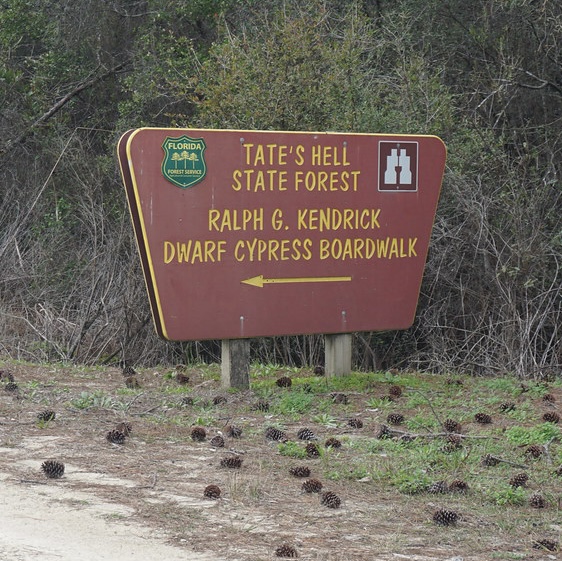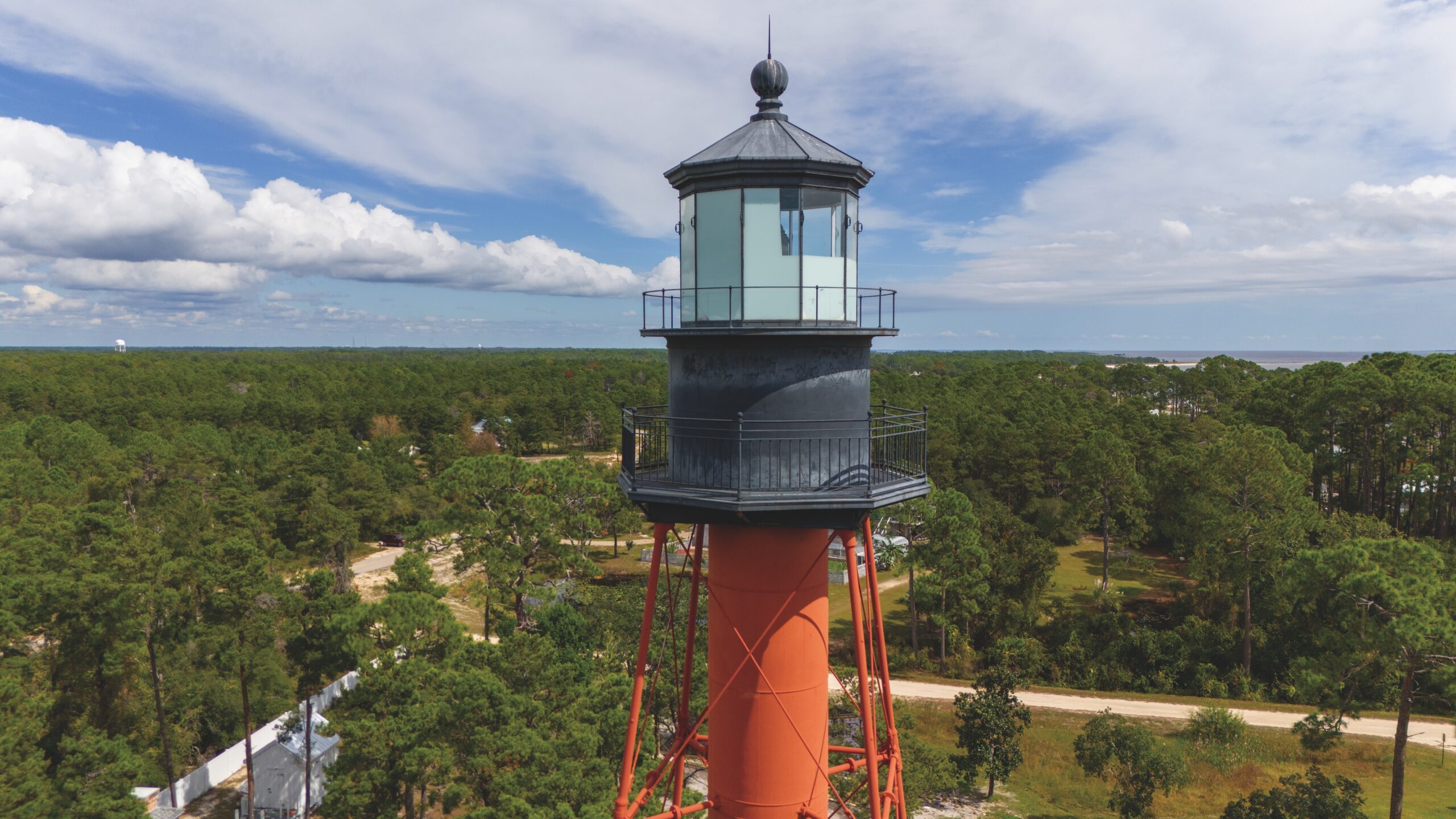Where the Wild Still Wins
Words by Ashley Locke
Photos provided by Franklin County Tourist Development Council
There are some places that resist the rush of time—where nature still calls the shots and the people who live there like it that way. Florida’s Forgotten Coast is one of them. Tucked into the curve of the panhandle between Apalachicola and Alligator Point, this stretch of shoreline earns its nickname. It’s quiet. It’s wild. It’s easy to miss if you’re flying along coastal Highway 98 with the windows up and the GPS locked on somewhere more developed.
But that’s exactly the point.
The Forgotten Coast is for families and friend groups who want to remember what it’s like to slow down and reconnect, both with each other and the natural world. Over the course of a weekend, you can paddle through brackish creeks, hike past carnivorous plants in a forest named after a legend, eat oysters pulled fresh from the bay, and watch the sun slip into the Gulf without hearing a single car horn.
This is how to do it.

Friday: Find the Edge of the Map
Start your trip in Carrabelle, a small fishing town with a big heart and the kind of coastal charm that’s hard to fake. Grab breakfast and coffee at Carrabelle Junction, a retro café housed in a historic soda fountain. While you’re there, snap a photo at the World’s Smallest Police Station—it’s exactly what it sounds like, and a local point of pride.
Then it’s time to head into Tate’s Hell State Forest, a sprawling 200,000-acre wilderness with more than 35 miles of rivers and streams winding through dense pine flatwoods and titi swamps. Don’t let the name spook you. It comes from a local legend about a man who got lost in the woods for days and famously declared, “My name is Cebe Tate, and I just came from Hell.”
These days, it’s a paradise for paddlers and hikers. If you want to stay on the water, rent a canoe or kayak and launch from Cash Creek, following the tannin-dark water as it snakes through the forest. Prefer your feet on the ground? Try the Dwarf Cypress Boardwalk, an easy half-mile trail through one of the strangest groves you’ll ever see—gnarled, bonsai-like cypress trees that grow barely taller than you, despite being centuries old.
End the evening on St. George Island, where the beach is always just a few steps away. Check into a beachfront rental or the local inn, and head to the bay side with your toes in the sand.
Around here, the stars put on a show most nights, and all you have to do is look up.
Saturday: Saltwater and Serenity
Wake up early for a sunrise walk on St. George Island State Park, where the white-sand dunes rise like ancient temples and the only other footprints might belong to a heron or raccoon. The park features six miles of biking and hiking trails through dunes, forest, and marshes—perfect for birdwatching, seashell collecting, or just stretching your legs before the day’s adventures.
From there, it’s back to the water. Rent paddleboards or kayaks to explore Apalachicola Bay, or venture out toward the Crooked River if you’re looking for a wilder route. This stretch is part of the Florida Circumnavigational Saltwater Paddling Trail, a 1,550-mile route that hugs the coast of the entire state. Even if you only paddle a few miles, you’ll feel like you’ve joined something bigger.
If you’re looking to get even farther off the grid, head east to Alligator Point and Bald Point State Park, where the coastline curves into a quiet peninsula of white sand and wild serenity. Known as “The Point” by locals, this stretch of untouched beach between the Gulf and Alligator Harbor is a haven for paddlers, birders, and anyone craving total escape. You can kayak through the calm waters of the Alligator Harbor Aquatic Preserve, cast a line from a boat or beach, or simply walk the shoreline in near solitude. At Bald Point State Park, a 5,000-acre natural treasure where pine forests meet the bay, you’ll find scenic hiking trails, kayak launches, picnic pavilions, and unmatched wildlife viewing. In the fall, monarch butterflies and migrating raptors fill the skies, but year-round, the stargazing, sunrises, and silence are unforgettable.
After rinsing off the salt and sand, head into Apalachicola for lunch. This historic town wears its working waterfront heritage with pride. Grab oysters at The Owl Café, wander through the galleries and shops downtown, and don’t skip Eastpoint’s Apalachicola National Estuarine Research Reserve. It’s part science center, part aquarium, and part love letter to the region’s biodiversity.
Cap off the day with a sunset climb of the Cape St. George Lighthouse on St. George Island or the Crooked River Lighthouse at Carrabwelle Beach, where panoramic views of the Gulf remind you just how far from the ordinary you’ve traveled.


Sunday: One More Wild Hour
Even a short trip on the Forgotten Coast has a way of stretching time. Before heading home, squeeze in a few final hours of exploration. Consider a hike in Apalachicola National Forest, the largest forest in Florida, where trails crisscross freshwater lakes, winding rivers, and hidden springs.
Or just stay on the island, coffee in hand, watching pelicans dive into the surf. It’s not about doing everything—it’s about feeling like yourself again.
Florida’s Forgotten Coast isn’t flashy. It’s not full of theme parks or beach bars. But what it offers is something rarer: a real connection to the land, the water, and the people who live with both. It’s a place where time slows down and the stories get deeper—whether they’re whispered by the wind in Tate’s Hell or passed around a picnic table after a day on the bay.
So go ahead. Get lost. And maybe, like old Cebe Tate, you’ll come back with a story worth telling.


